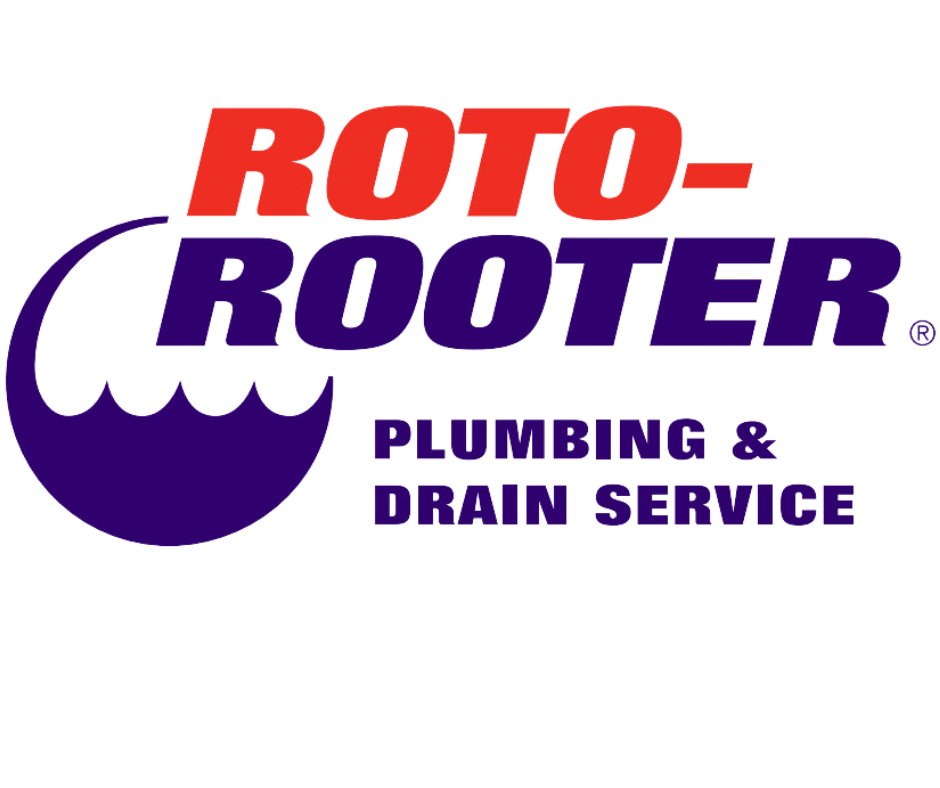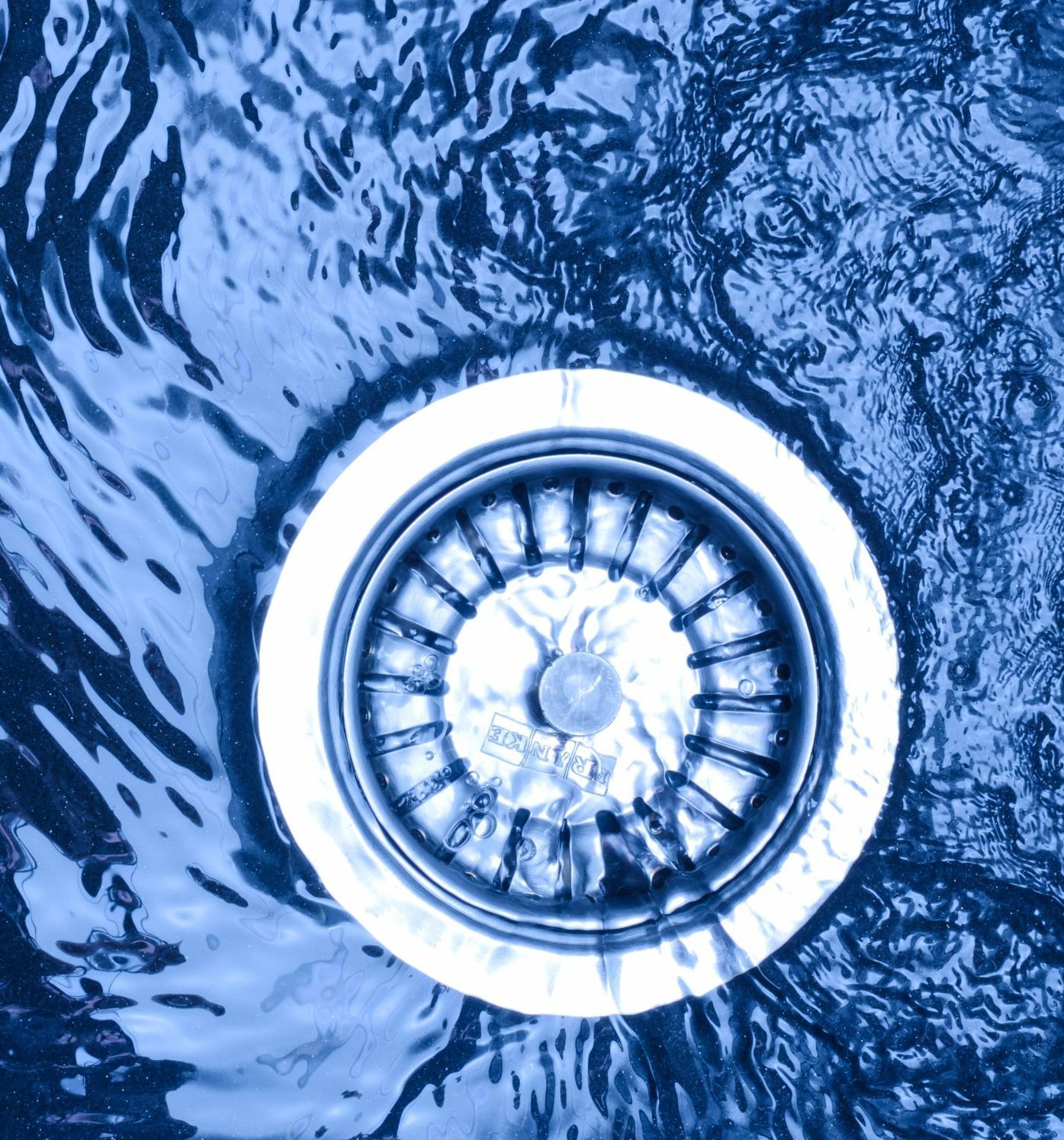WHAT DO KITCHEN GREASE TRAPS AND INTERCEPTORS DO?
Modern plumbing ideas and techniques can be traced back hundreds of years to various civilizations.
An early idea that is still widely used today is the use of grease traps and interceptors. These pieces of equipment are instrumental in helping to protect sewer systems from backing up and causing serious plumbing issues.
WHAT ARE GREASE TRAPS?
Grease traps are plumbing devices whose purpose is to collect grease and other solids before they enter wastewater systems. A large buildup of thick substances, like fats and oils, are known to cause sewer backups.
WHERE ARE INTERCEPTORS USED?
Kitchen grease traps are basically mainly used in restaurants and other places where there's a lot of cooking.
Restaurants and food service kitchens are usually responsible for producing the highest amounts of grease. These establishments have to take into account the many sources grease can come from. Cooking appliances are major producers of grease, but so too are dishwashing areas.
Interestingly, it's not uncommon for municipalities in the U.S. to require kitchens and food service areas to install and maintain grease interceptors. To ensure these plumbing devices are working at optimal levels. Restaurant management staff and municipalities should routinely inspect these systems.
TYPES OF GREASE TRAPS
There are three different types of grease traps.
The most common interceptor is known as a passive grease trap. These are plumbing devices found under sinks with three compartments. While passive interceptors are the most common, most residential households do not have grease traps because they simply don't produce enough kitchen grease to need one. Instead, grease traps are common at restaurants.
Grease recovery devices are the second subset. Essentially, a GRD will remove grease automatically once it's trapped. Grease can then be collected and recycled with waste vegetable oil collected from a deep fryer.
An in-ground grease trap is the last type, and second most commonly used in restaurants. According to the Webstaurant Store, these devices not only capture grease, but also oil, sediment and lint, among other solids.
In-ground interceptors are typically constructed out of steel or fiberglass and large enough to handle the needs of large restaurants and even hospitals or school cafeterias. In most instances, larger grease interceptors usually need to abide by certain health and safety codes.
HELP WITH THE INTERCEPTOR
Due to the importance of grease traps, it's important for grease traps to be regularly maintained. If restaurants or other commercial services need help with cleaning or liquid waste pumping, they should contact Roto-Rooter for professional help.
WHAT IS GREASE TRAP CLEANING?
Grease trap cleaning is the process of removing grease waste and other food particles from the unit. It is possible to clean grease traps on your own, but it can be a very difficult and messy job. Hiring a professional grease trap cleaning service to clean your grease trap is the best course of action. They have the experience and necessary grease trap cleaning tools to get the job done.
WHY DO YOU NEED REGULAR GREASE TRAP SERVICE?
Grease can build up quickly in your pipes and cause a backup – something you absolutely do not want, especially during a busy mealtime. Not having preventive grease trap service could cost you a lot in lost income if you are unable to serve customers due to a plumbing backup. Restaurants are especially at a risk for backups if they run food down the garbage disposal, as food particles can fill up the grease trap and create a sewer line clog.
HOW OFTEN SHOULD A GREASE TRAP BE CLEANED?
It's suggested that your staff do a cursory cleaning of the grease trap every week to reduce maintenance costs and lower the risk of a backup. However, some city or state regulations require that restaurants do a full cleaning at least once a month. Most often, grease traps should be cleaned every 4 - 6 weeks as an underperforming grease trap can cause large issues for your business and create blockages.
WHAT BEST PRACTICES ARE THERE FOR GREASE TRAP CLEANING?
Here are three basic tips for using your grease trap properly:
- Don't pour grease down your sinks or toilets. It will harden and stick to your pipes. In addition, food particles will stick to the grease and together they'll create clogs.
- Recycle waste cooking oil. If you're wondering what to do with the grease you'd normally pour down the sink, simply recycle it. It can be turned into biofuel and used to heat and generate power for your business – saving you money and being kind to the environment at the same time.
- Avoid or limit garbage disposal usage. Food particles can fill up your grease trap, so the less you put down your sink, the slower it fills up – and the less often you need maintenance.
WHAT GREASE TRAP CLEANING TOOLS ARE USED IN THE CLEANING PROCESS?
To properly and safely conduct grease trap cleaning you will need the following tools:
- Gas Mask
- Coveralls or Protective Clothing
- Rubber Gloves
- Scraper
- Wrench
- Shop Vacuum
- Bucket
- Crowbar
WHERE TO DUMP GREASE TRAP WASTE
Knowing where to dump grease trap waste is critical before even starting the grease trap cleaning process. You do not want to start cleaning if you don't know where to dispose of the grease and food particles. Grease trap waste should be collected and disposed of in proper waste oil or grease bins which can then be collected for recycling. Alternatively, you can take the grease to a local processing facility.



